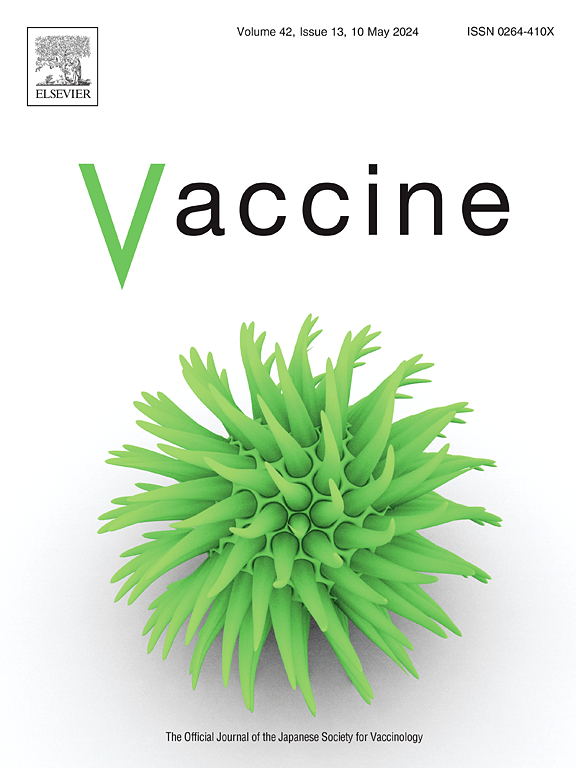SARS-CoV-2 seroreversion and all-cause mortality in nursing home residents and staff post-primary course vaccination in Belgium between February and December 2021
IF 4.5
3区 医学
Q2 IMMUNOLOGY
引用次数: 0
Abstract
Background
During COVID-19 vaccine implementation, information on the persistence of antibody response and impact on mortality in nursing home residents was limited, as they were underrepresented in vaccine clinical trials and real-world data was lacking.
Objectives
(1) Measure the persistence of the SARS-CoV-2 antibody response and predictors for seroreversion after primary course COVID-19 vaccination in nursing home residents compared to staff and (2) assess all-cause mortality and predictors in nursing home residents after primary COVID-19 vaccination.
Methods
Seroprevalence and mortality data were collected within a national serosurveillance study in 1640 residents and 1368 staff from 69 nursing homes proportionally spread across Belgium between February and December 2021. To assess the persistence of the antibody response, parametric exponential survival models with interval censoring were fitted, reported with the percentage of seroreverters 120 and 140 days post-primary course vaccination. Furthermore, all-cause mortality rate was calculated and COVID-19 mortality was descriptively reported. Predictors of seroreversion and all-cause mortality were estimated using Cox proportional hazards model.
Results
Nursing home residents were 47 % more likely to serorevert in the 10 months after COVID-19 vaccination than staff. Infection naïvety, older age and high resident care dependency level were found as predictors for seroreversion. The all-cause mortality rate in vaccinated residents over 10 months was 14 % (95 % CI 13–16 %) (n = 229). In 2 % of cases, COVID-19 infection was the reported cause of death. Older age, being male, having severe renal, lung, or cardiac disease, or active cancer, and high care dependency level were identified as predictors for all-cause mortality, irrespective of history of SARS-CoV-2 or breakthrough infection.
Conclusion/practical implication
Future COVID-19 vaccination strategies should prioritize (infection naïve) nursing home residents, as they fail to mount a durable antibody response after primary course vaccination. Nevertheless, COVID-19 mortality remained low, representing only 2 % of the all-cause mortality rate.
This study was registered on ClinicalTrials.gov (NCT04738695).
求助全文
约1分钟内获得全文
求助全文
来源期刊

Vaccine
医学-免疫学
CiteScore
8.70
自引率
5.50%
发文量
992
审稿时长
131 days
期刊介绍:
Vaccine is unique in publishing the highest quality science across all disciplines relevant to the field of vaccinology - all original article submissions across basic and clinical research, vaccine manufacturing, history, public policy, behavioral science and ethics, social sciences, safety, and many other related areas are welcomed. The submission categories as given in the Guide for Authors indicate where we receive the most papers. Papers outside these major areas are also welcome and authors are encouraged to contact us with specific questions.
 求助内容:
求助内容: 应助结果提醒方式:
应助结果提醒方式:


